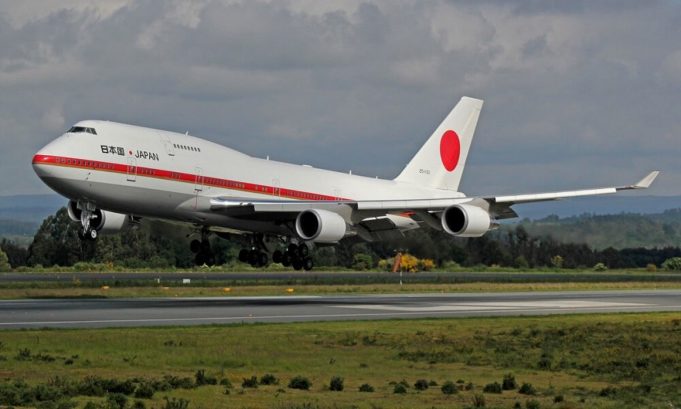August 12, 1985, Boeing 747, which was the biggest, for that moment, passenger liner, executed an inside trip in Japan from Tokyo to Osaka for a total period of up to one hour. There were no warning signs on the horizon.
The board flew from the airport and in 12 minutes, the explosion took place in the back of the vessel. Both very-skilled pilots could hardly understand anything. The skipper assumed that landing gear lifted off valves, but then the pressure in the plane was dropping and the depressurisation emerged.
There were more than 500 men, women, and children in the cabin. The chief pilot instructed the wingman to turn around, but the board wouldn’t flinch. The pilots were able to divert the board with the aid of thrust even without the tail control. Nevertheless, the board that lost than gained the altitude.
The pilots tried to rescue the vessel for half an hour. Forty minutes after the take-off, the plane started running out of speed rapidly. To avoid hitting the mountain, the commander increased in thrust, but it aggravated the problem. The board tore up its nose sharply and barely went into a tailspin. For a short while, it was possible to remedy the problem and to level the liner. Alas, the success was transient; the board began to lose the height fast and hooked the trees by its wing.
From time to time, the crew managed to gain the height and to level the liner, then its sweeping loss happened again, and so repeatedly. As a result, the board was still lost its height and engraved to the slope of the mountain at high speed.
Only 4 out of 524 were born in the caul and survived. The rescuers could not achieve up to the place of the crash for more than ten hours. However, the American plane found out the crash site and transmitted the co-ordinates to the Japanese rescuers in 20 minutes after the tragedy had happened.
One of four survivors told that many still had been alive before the aid arrival. The certificate was said that more than a hundred persons were alive for the first ten hours.
The crash happened because of the incorrect repair after the plane had hit the landing strip 7 years ago. The project company fixed keel in a few times weaker than Boeing had recommended. The liner managed to fly for seven years, but then fastens were worn out and destroyed after all.
This crash entirely changed the rules for repair of air vessels and considerably improved the safety of flights with its vic’s lives.






